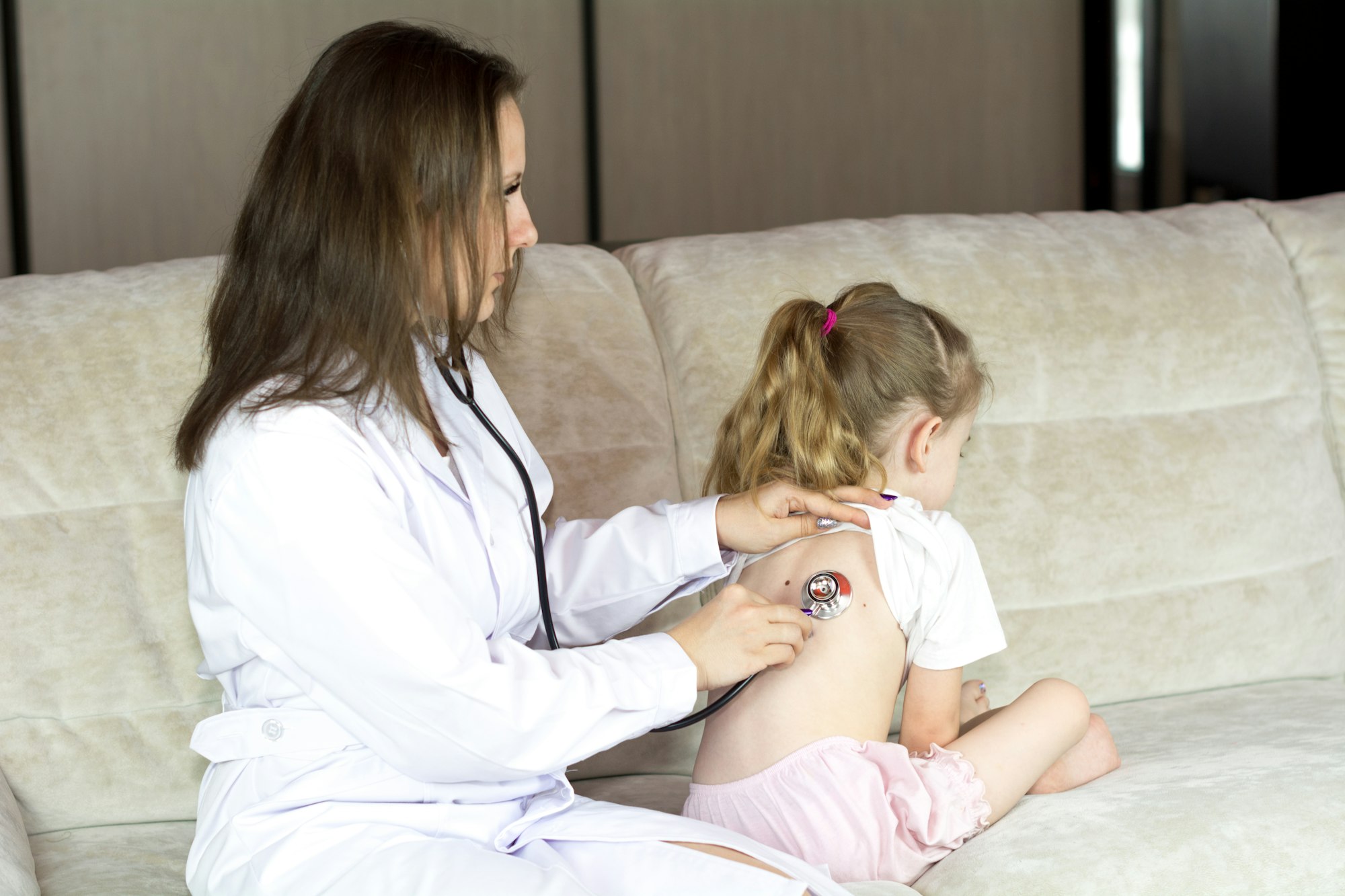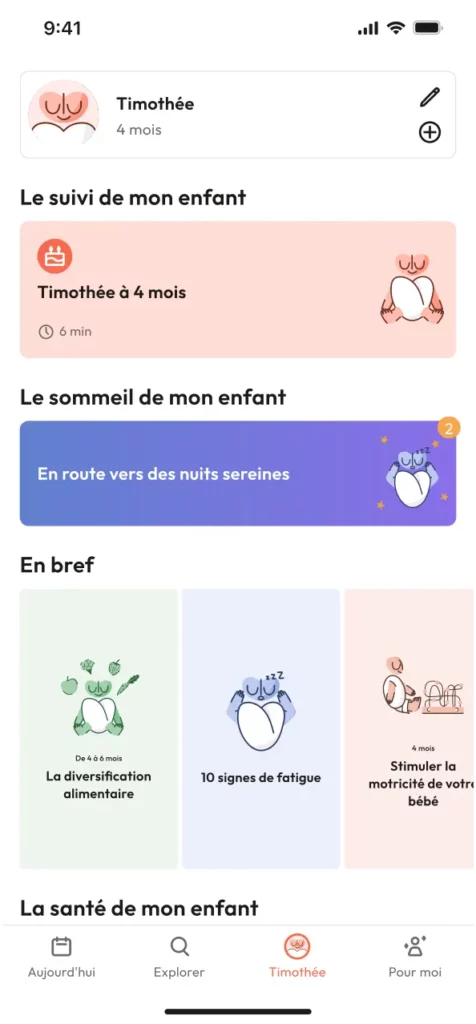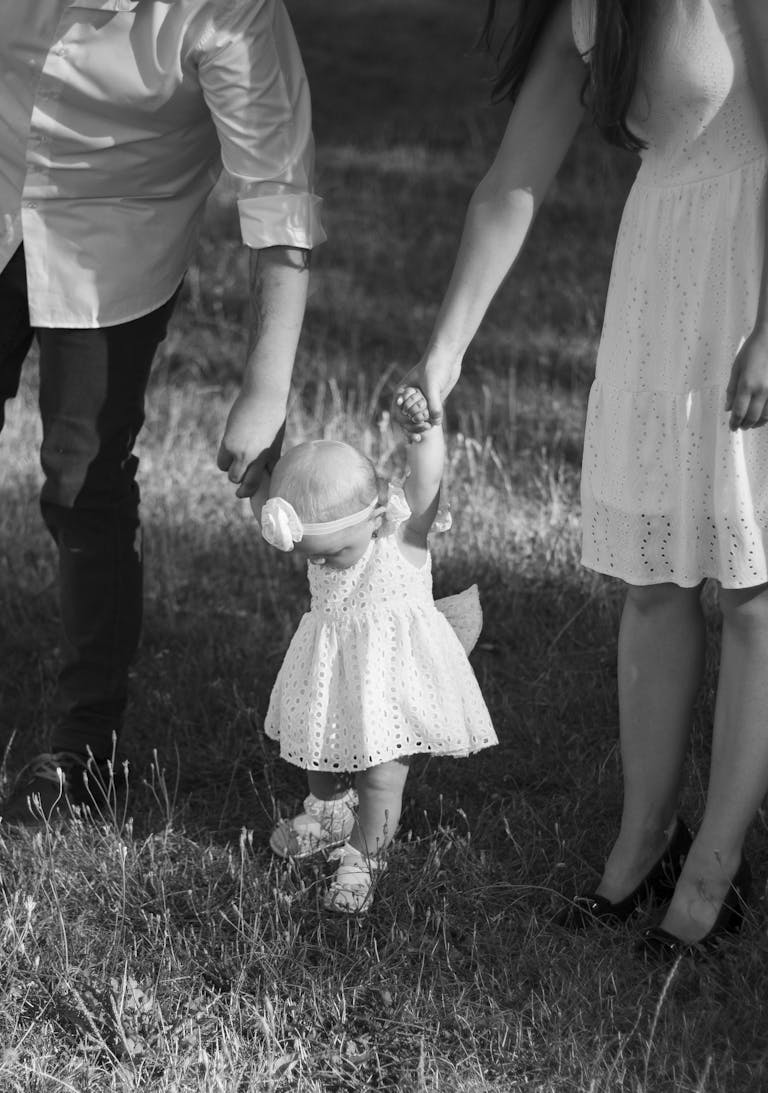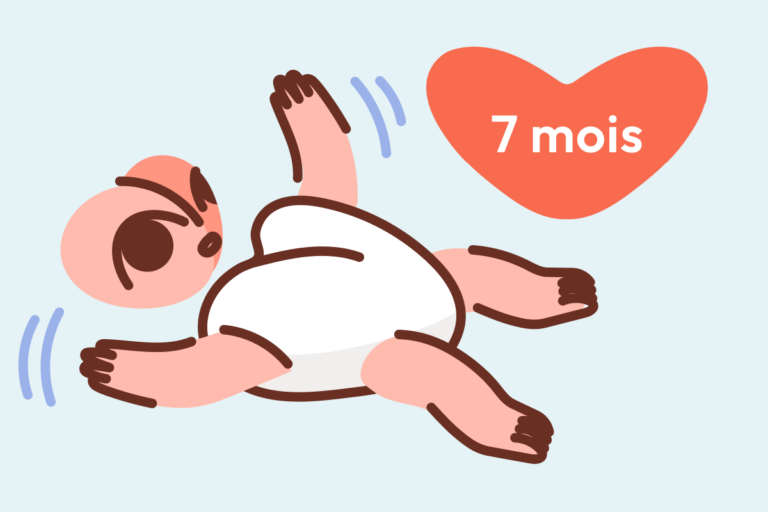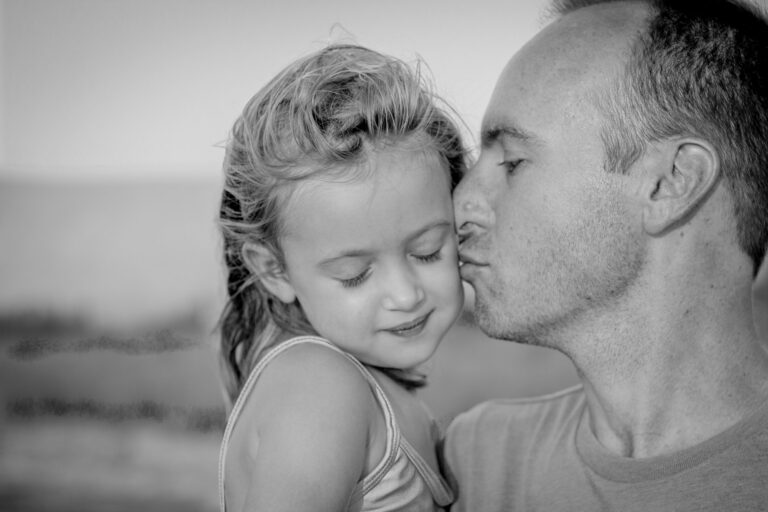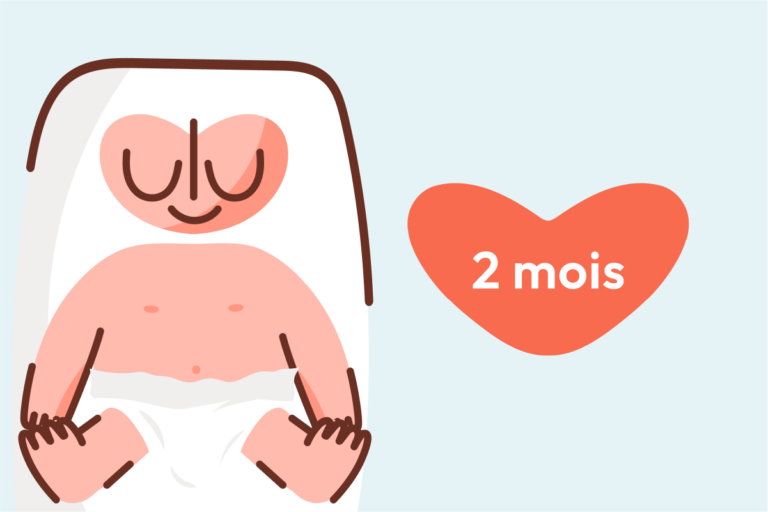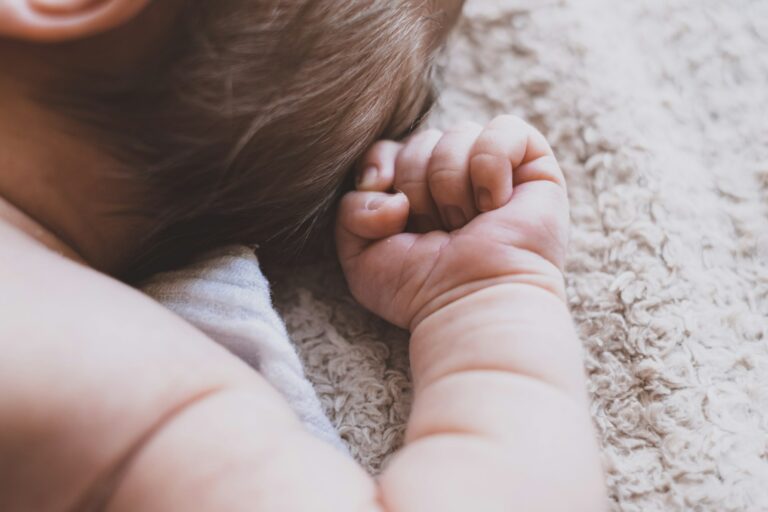A persistent cough, a worried glance at your little one’s flushed cheeks, and a whirlwind of questions—such is the reality for many parents facing the challenge of whooping cough in children. The world of paediatric respiratory infections can feel overwhelming: Is this just a stubborn cold, or something more serious? When the classic “whoop” echoing through the night fills your home with anxiety, seeking reliable answers becomes urgent. With whooping cough in children treatment, parents find themselves seeking clarity about symptoms, prevention, home care, and handling relapses. If you find yourself scrolling through endless pages late at night, you’re certainly not the only one worried about protecting your child. Let’s explore everything you need to know, from the first warning signs to the latest on vaccines and practical home strategies, guiding you on protecting your child—and your peace of mind.
What is whooping cough, and why does it matter for children?
Whooping cough, or pertussis, is a highly contagious respiratory infection caused by the bacterium Bordetella pertussis. Children—especially infants, young children under five, and those not up-to-date with immunisation—face an increased risk of severe illness, prolonged recovery time, and even complications like pneumonia. The term “100-day cough” is not exaggerated; some children struggle with a lingering cough for months, sometimes affecting sleep, nourishment, and daily life.
After exposure, there is typically a quiet incubation phase—about two weeks without any hint of trouble. Then, three distinct stages unfold: the catarrhal stage (runny nose, mild fever), the paroxysmal stage (coughing fits, sometimes leading to vomiting or changes in skin colour), and finally, a slow convalescent phase where the cough might drag on, but slowly diminishes. Whooping cough in children treatment hinges on catching these phases early and responding promptly.
With global shifts—pandemics, school closures, changing immunisation patterns—parents have observed more frequent outbreaks, and even previously healthy children might suddenly find themselves hospitalised. Why the sudden rise? Cycles of waning immunity and gaps in vaccination coverage are part of the story, reminding us to keep protection up to date.
Recognising symptoms: what parents should watch for
Whooping cough doesn’t play by gentle rules. Often, it arrives masked as a mild cold—runny nose, sneezing, and just a faint dry cough. But within a week or two, the cough transforms: deep, relentless, sometimes leaving children breathless, red-faced or even blue around the lips. Older children might make that classic “whoop” on inhaling, a startling, gasping sound as they snatch a breath after exhausting cough spasms.
Let’s break down the main symptomatic stages:
- Incubation (silent phase): For 1–2 weeks, nothing much stands out. The child seems well.
- Catarrhal stage (early signs): Mild cough, stuffy nose, low fever. Easily confused with common cold.
- Paroxysmal stage (the hardest part): Severe, rapid coughing fits—can trigger vomiting or facial colour changes (blue or red tinge around the mouth). In infants, you might notice pauses in breathing (apnoea) or a dusky, pale appearance, sometimes without much coughing at all.
- Convalescent stage: The child improves, but the cough drags on. Fatigue lingers, appetite returns slowly.
What should prompt you to act quickly? Watch for signs like repeated vomiting after coughing, persistent difficulty breathing, lethargy, dry mouth (sign of dehydration), or changes in skin colour. A simple pause in breathing for babies or blue lips is a clear reason to rush to a doctor.
Why are cases rising again? Patterns and concerns
You might be wondering, “Didn’t vaccination almost eliminate whooping cough?” Yet, recent years have seen a comeback, sometimes with double the number of cases over previous years in certain countries. Why is whooping cough in children treatment more relevant than ever? There are two main threads:
- Cycles and immunity gaps: This infection runs in natural cycles—peaks every three to five years. After a lull, cases spike again, partly due to waning immunity or delays in booster shots.
- Pandemic aftermath: With the COVID-19 pandemic, kids spent more time indoors, wore masks, and missed routine vaccinations. Now, lower natural immunity means more people (especially children) are susceptible.
At-risk groups: who needs extra vigilance?
Infants under six months, young children, and older adults bear the greatest burden of severe disease. For tiny babies, even a brief episode of whooping cough can threaten breathing or trigger dangerous complications like pneumonia or seizures. Since close household contacts—parents, siblings, caregivers—are usually the first source of exposure, every effort should be made to protect the most vulnerable.
How is whooping cough in children diagnosed?
A doctor’s evaluation is the starting point—questions about recent exposures, vaccination status, and symptom progression provide valuable clues. After examining the child, the next step may involve laboratory tests:
- Nasopharyngeal swab for PCR: This detects the Bordetella pertussis bacteria directly.
- Blood tests and cultures: Sometimes needed, especially if other infections or complications are suspected.
- Chest X-ray: Useful to look for secondary bacterial infections like pneumonia.
Diagnosis is fastest and most reliable in the early weeks. Waiting too long might mean the bacteria are no longer detectable, though the cough persists.
Medical approach: whooping cough in children treatment explained
Whooping cough in children treatment relies primarily on antibiotics and supportive care. Let’s get into specifics:
- Antibiotics (macrolides such as azithromycin, clarithromycin, erythromycin): These are the core treatment, most effective when started early (within 1–2 weeks). They kill the culprit bacteria and shorten the contagious period. Trimethoprim-sulfamethoxazole is another option if macrolides cause severe side effects or aren’t tolerated—though not given to infants under two months.
- Hospitalisation: Infants, children with severe cough, or complications such as dehydration, severe breathing trouble, or pneumonia might need inpatient care. Hospital teams provide oxygen therapy, intravenous fluids, frequent monitoring, and sometimes suctioning mucus in small babies.
What about the rest of the family? If a sibling, another child, or even an adult living at home is exposed, especially if anyone is not fully vaccinated or particularly vulnerable, preventive antibiotics may be advised—even before symptoms hit.
Home care strategies: comfort, hydration, and protection
Managing whooping cough in children treatment at home is all about comfort and vigilance. Offer plenty of liquids—tiny sips if needed—to guard against dehydration. Smaller, frequent meals help avoid vomiting during coughing fits. A cool-mist humidifier can bring relief when the air is dry, easing those relentless coughs. Above all, keep the environment calm and allergen-free: no tobacco smoke, no harsh cleaners, minimum dust.
Should you reach for cough syrups? Resist the urge. They do not relieve whooping cough symptoms and may have concerning side effects in young children. Best to avoid them and focus instead on rest and supportive care. Washing hands frequently, covering coughs, cleaning surfaces, and not sharing utensils can limit spread to other family members.
Let the child rest upright during coughing fits, and keep a close eye for any sign that hydration or breathing are slipping. Sometimes, a child simply needs extra holding and quiet reassurance—hugging close until the cough storm passes.
Preventing the spread: a focus on vaccination and isolation
Vaccination stands as the most reliable shield. DTaP shots in infancy, with regular boosters during childhood and adolescence, remain the gold standard. The “cocooning” approach—vaccinating parents, older siblings, and anyone else who has close contact with a new baby—can help form a protective buffer. If a mother received the vaccine during the last trimester, newborns receive helpful antibodies. Otherwise, every adult in contact with your infant should consider a booster.
What if someone in the house gets sick? Isolation becomes essential: five full days of antibiotics before returning to school or daycare, to avoid transmitting whooping cough in children treatment scenarios to others. Notifying schools or child care providers also helps stop outbreaks in their tracks. Preventive antibiotics for high-risk people (babies, unvaccinated, immune-compromised) in the home may be guided by your healthcare provider.
Monitoring for complications and ensuring full recovery
Complications can occasionally cast a shadow on whooping cough in children treatment—especially with infants or children who develop pneumonia, severe dehydration, or even neurological symptoms like seizures (rare but possible). That’s why paediatricians recommend regular follow-up: to watch for late-arising problems, check vaccine status, and ensure everyone at home is on track for protection.
Things to watch for:
- Persistent or increasing breathing trouble
- Blue lips or face
- Ongoing vomiting and refusal of fluids
- Unresponsiveness or excessive drowsiness
If any of these occur, don’t wait—seek a doctor’s care immediately.
Supporting emotional wellbeing: for the child and the family
Caring for a child with lengthy illness stretches family resilience. Whooping cough in children treatment is not just about medical steps: A sense of uncertainty, worry about hospitalisations, or nights spent listening to laboured breathing can be emotionally taxing. Parents can take heart—clear information, a calm presence, gentle routines, and reaching out to medical teams when concerned, go a long way in helping the whole family cope. Connecting with community support or even speaking with other parents who have been there can lift spirits.
Remember, every recovery is a step forward, and families can find reassurance in support networks—medical professionals, family members, or local health resources.
Key takeaways
- Whooping cough in children treatment is shaped by early action, consistent antibiotic use, and strong vaccination protection.
- Severe illness is most likely in infants and unvaccinated children—timely diagnosis and support makes all the difference.
- Three stages of symptoms can be observed; knowing what to watch for helps promptly seek help.
- Regular booster shots and the cocooning approach defend not just individual children but whole families.
- In-person assessment and follow-up ensure complications are identified and managed early.
- Emotional support for families remains as significant as medical strategies—acknowledge difficulties but trust in recovery.
- For tailored advice and paediatric health questionnaires, the Heloa app offers free resources and tips specific for your child’s situation.
Questions Parents Ask
Can children get whooping cough even if they are vaccinated?
Yes, children can sometimes develop whooping cough in children treatment scenarios even after being vaccinated. Vaccines provide strong protection, but immunity can decrease over time or may not fully prevent infection in every individual. Typically, if a vaccinated child gets whooping cough, the symptoms are milder and generally less troubling. Still, if you notice symptoms or have worries, especially with small babies or if there are any health concerns, it is wise to consult your doctor quickly.
How long is a child with whooping cough contagious?
Children are most contagious during the first two weeks after coughing fits start. Once whooping cough in children treatment with antibiotics begins, contagiousness reduces sharply, and most become non-infectious after five days of proper antibiotic use. Without antibiotics, a child could remain contagious for almost three weeks after symptoms start. It’s best to keep your child at home until the infection phase is clearly past.
What should I do if I think my child was exposed to whooping cough?
If you suspect exposure, take a deep breath and contact your paediatrician without delay—especially if there are young babies or immunocompromised people at home. Preventive antibiotics may be suggested for those at high risk or unvaccinated. Monitor for any emerging symptoms, and know that early action can help protect both your child and those close to you.
Further reading:

